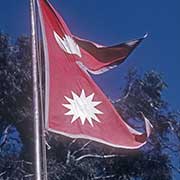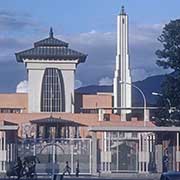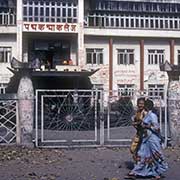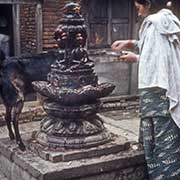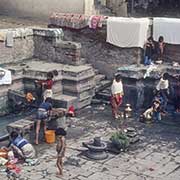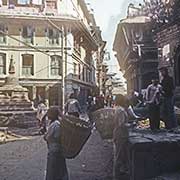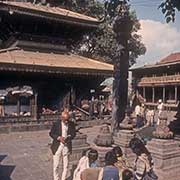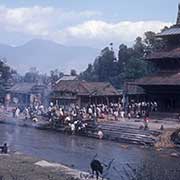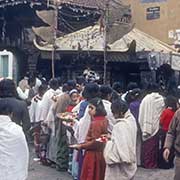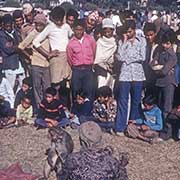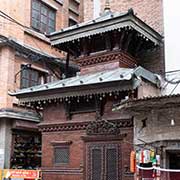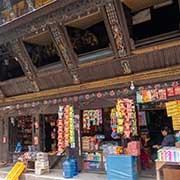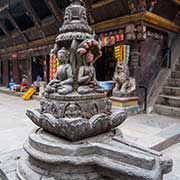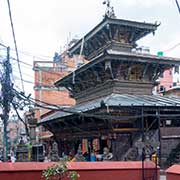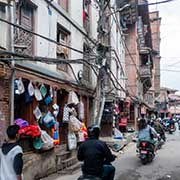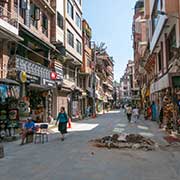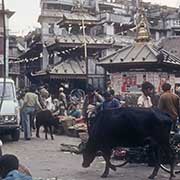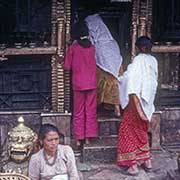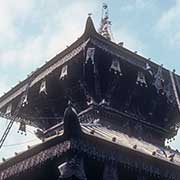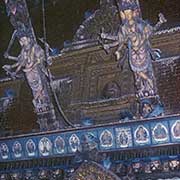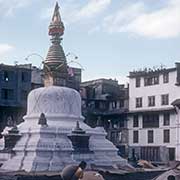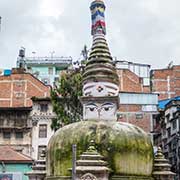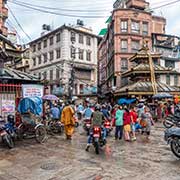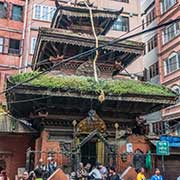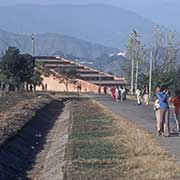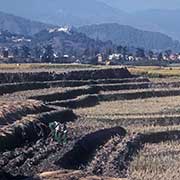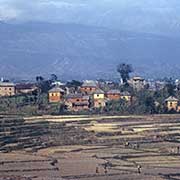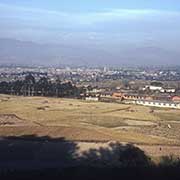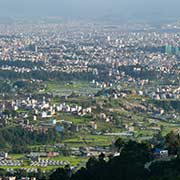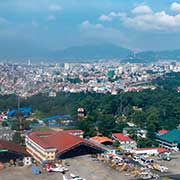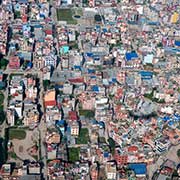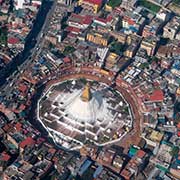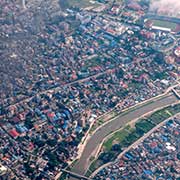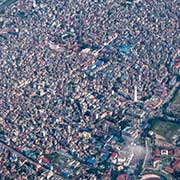Photos of Kathmandu, Nepal’s capital
Kathmandu, Nepal’s capital
Kathmandu, Nepal’s capital in the valley carrying its name, is now a city with a population of around 2.5 million. It is the home of the Newar people, although people of many ethnicities live there. It is a city of palaces and mansions of Nepalese aristocracy and has countless Hindu and Buddhist temples. Kathmandu derives from Kasthamandap, a Sanskrit word meaning “Wooden Pavillion “, a structure in the central Durbar Square (it collapsed in the 2015 earthquake but was rebuilt). The indigenous Newar term for the city is Yem Desa.
you may then send it as a postcard if you wish.
The modern era of Kathmandu may begin with the Battle of Kathmandu in 1768 when the Gorkha kingdom conquered the valley and proclaimed the Kingdom of Nepal. During the Rana autocracy, when the kings were mere figureheads, the rulers became pro-British, and the first buildings in Western European style were built. It included the old Narayanhiti Palace, demolished in 1958 to make room for the current palace in a more Nepalese architectural style. Tribhuvan University in Kirtipur was established in 1959.
Although there have been many changes since Nepal was opened up to the world, Kathmandu has much to offer visitors: its old city still has narrow streets with many temples, and Durbar Square is still its centre. It has important religious sites, both Hindu and Buddhist: Pashupatinath is the holiest site in Nepal, with its Hindu temple and cremation site; Boudhanath stupa, the largest spherical stupa in Nepal, is one of the most sacred sites in Tibetan Buddhism outside of Tibet; and Swayambhunath is an ancient hilltop religious complex, founded as far back as the 5th Century CE.



